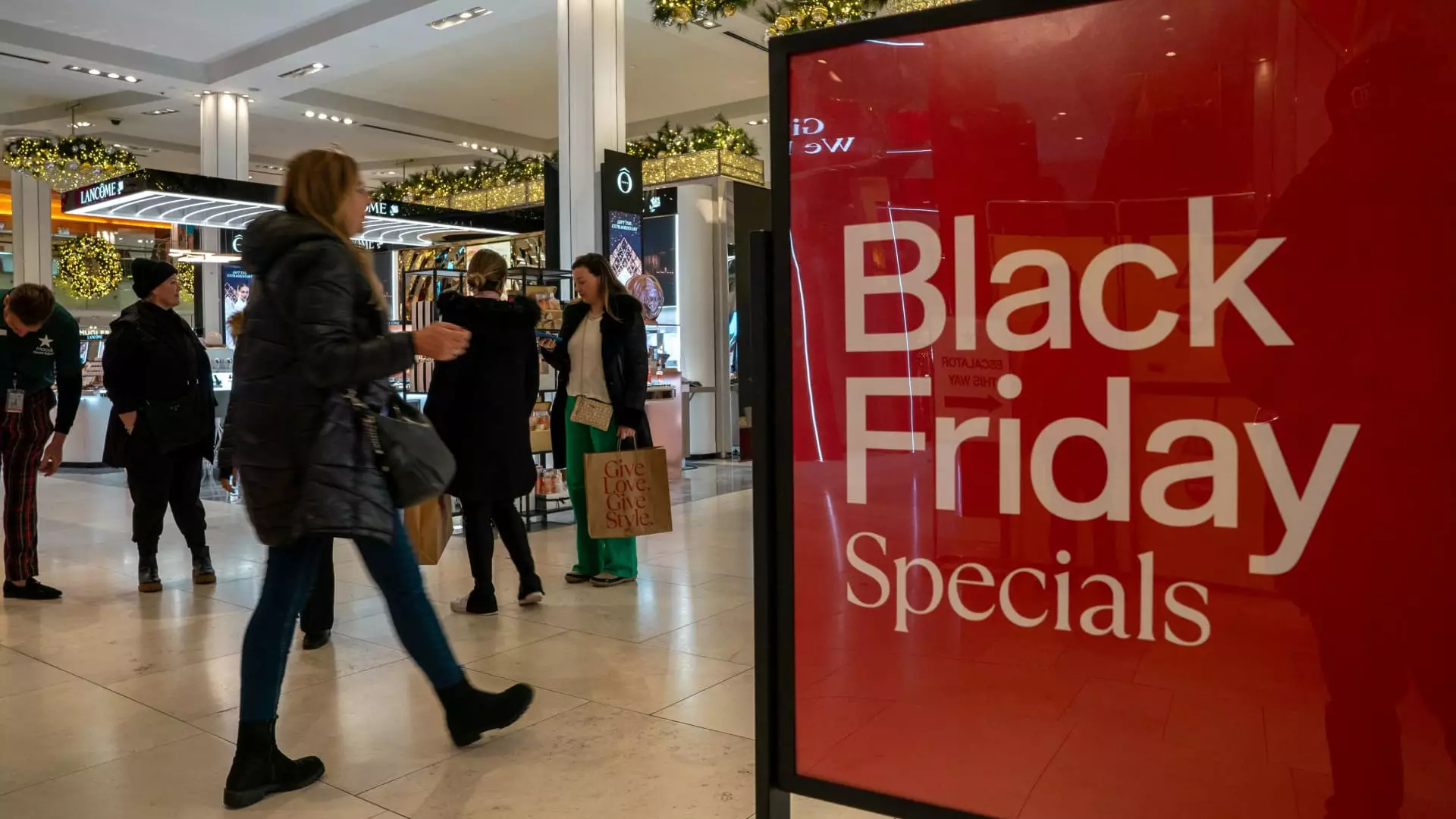In today’s fast-paced consumer environment, impulse spending has evolved into a significant problem for many shoppers. The relentless barrage of advertisements, promotions, and social media influences can lead individuals to make hasty financial decisions that may later result in buyer’s remorse. According to recent findings from NerdWallet, a startling 28% of credit card users are still grappling with debts from their holiday purchases made the previous year. This phenomenon highlights the urgent need for a shift in our shopping habits.
Consumer experts suggest that a more deliberate approach to shopping, commonly referred to as “slow shopping,” could serve as an effective antidote to impulse buying. Slow shopping encourages consumers to take a step back and reflect on their purchases rather than succumbing to immediate gratification. By adopting this method, shoppers can avoid falling into the traps laid by aggressive marketing tactics and better manage their finances.
So, what exactly is slow shopping? It’s a practice that emphasizes mindfulness in the purchasing process. Andrea Woroch, a recognized expert in consumer savings, advocates for this approach, stating that “giving yourself time to move past an emotion” enables a more rational assessment of one’s needs and desires. The essence of slow shopping lies in resisting the urgency that often accompanies promotions, allowing individuals to wait for deals that truly meet their criteria.
By taking time to determine the necessity of a purchase, shoppers can also wait for advantageous deals. Utilizing tools such as price-tracking browser extensions like CamelCamelCamel or Keepa can significantly aid in this process. These tools help consumers monitor price fluctuations, ensuring that they make their purchases at the most opportune times. Moreover, in a world where immediate consumption often takes precedence, this practice encourages individuals to save up for high-priced items, enhancing financial health.
As the holiday season approaches, the trend of slow shopping is gaining momentum. A survey conducted by Affirm indicated that nearly 73% of consumers have made a conscious effort to adopt this shopping behavior for the upcoming festive season. Surprisingly, around 60% stated that they are initiating their holiday shopping earlier, demonstrating a proactive stance toward their spending plans. This shift is especially noteworthy in a climate where 2024 is expected to see a worrying rise in credit card debt, projected to reach $1.14 trillion.
Vishal Kapoor, senior vice president of product at Affirm, pointed out a significant change in consumer behavior: shoppers are not only beginning their purchases earlier but are also allowing themselves the time necessary to reflect on their spending. This increased deliberation signifies a shift away from the reckless, impulse-driven spending habits that have characterized holiday seasons in the past.
While some might argue that holiday sales are too enticing to resist, the reality is that consumers often feel pressured to buy items simply because they are on sale. A Bankrate survey revealed that over half of adults admitted to making at least one impulse purchase during last year’s holiday season, primarily due to perceived deals. Ironically, the lure of “big red sales signs” could be detrimental, leading shoppers to make uninformed decisions.
In an era of rampant consumerism, it’s essential for individuals to approach holiday shopping with caution. Financial experts recommend creating a well-thought-out plan that includes a shopping list—essentially a modern take on the age-old mantra of “checking it twice.” By identifying specific gifts in advance, shoppers can guard against unplanned expenditures that could derail their budgets.
To further exercise financial discipline, setting aside a dedicated holiday fund can alleviate the stress associated with holiday spending. According to Ted Rossman from Bankrate, having allocated finances allows for a more liberated shopping experience while reducing the chances of overspending or accruing high-interest credit card debt.
Additionally, starting the shopping process earlier can confer financial advantages. With key sales events like Black Friday and Cyber Monday approaching, retailers are likely to offer more promotional deals earlier in the season. Optimizing timing is crucial and requires savvy planning on the consumer’s part.
The urgency of impulse spending warrants a contemplative approach to consumerism, particularly during high-stakes seasons such as the holidays. The implementation of slow shopping promotes a mindset that values thoughtfulness over impulse, ultimately leading to more favorable financial outcomes. As shoppers embrace this trend, they not only protect their wallets but also cultivate a healthier relationship with consumption. Preparing effectively for holiday shopping should go hand in hand with mindfulness, ensuring that financial decisions are well-considered rather than impulsively made.

